Extending Operations and Maximizing Research on the International Space Station
In November 2013, the International Space Station (ISS or Station) completed 15 years of continuous operation in low Earth orbit, marking a significant achievement in the history of human spaceflight. Two months later, the Administration announced its intent to extend Station operations until 2024. Originally designed and tested for a 15-year life span, the ISS may now operate for 26 years. NASA continues to utilize the ISS as a research platform to study and mitigate a variety of human health risks that will facilitate long-term exploration missions. However, a major portion of the Station’s future success as a research platform hinges on the ability of the Center for the Advancement of Science in Space (CASIS) – the group that manages non-NASA research on the portion of the ISS known as the ISS National Laboratory – to attract sufficient interest and funding from private users and investors. This book examines the challenges facing NASA in extending ISS operations until 2024. Specifically, it assesses NASA’s progress in certifying the Station’s structure and hardware for a longer lifespan; cost and schedule estimates associated with the extension; and efforts to increase utilization of the Station for exploration and other scientific research. Furthermore, this book examines the current level of Station research; CASIS’s efforts to facilitate non-NASA research aboard the ISS; and transportation challenges that could hinder full research utilization of the ISS.
{{comment.content}}
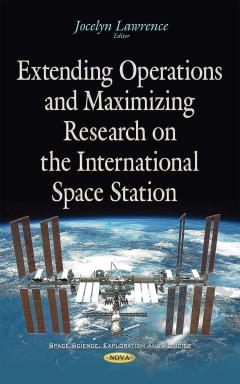
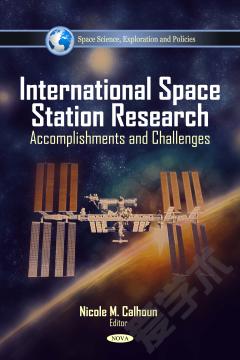
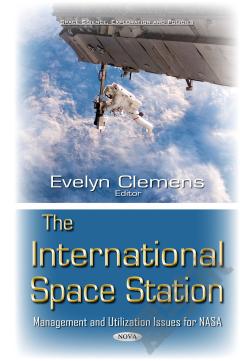

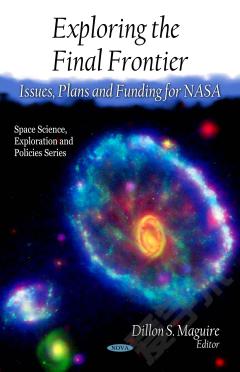
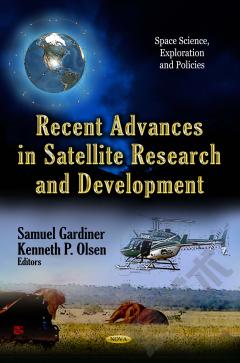
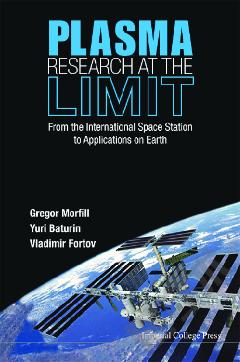

 京公网安备 11010802027623号
京公网安备 11010802027623号